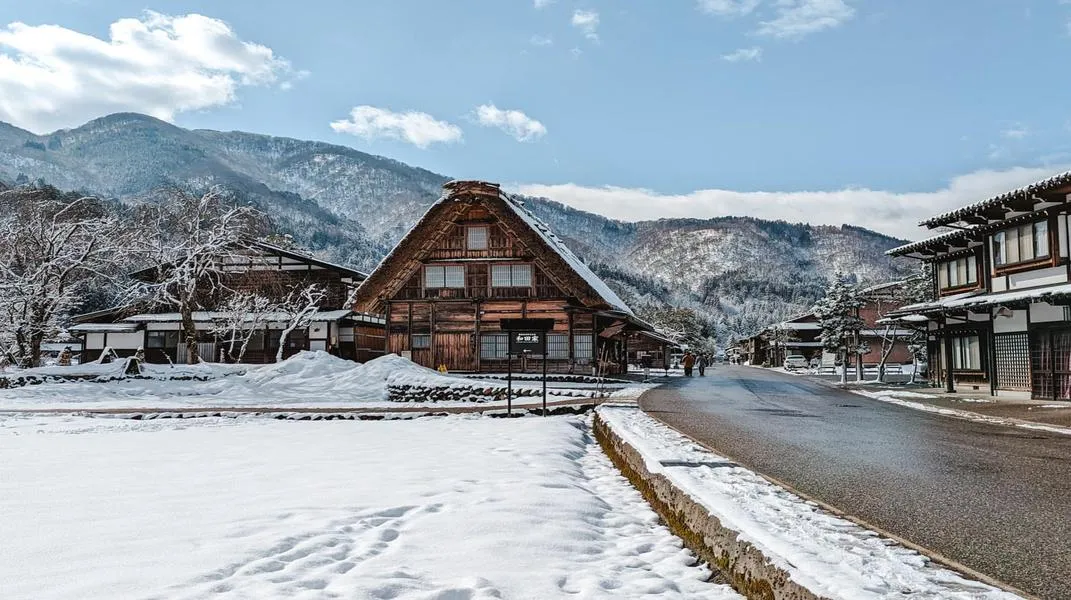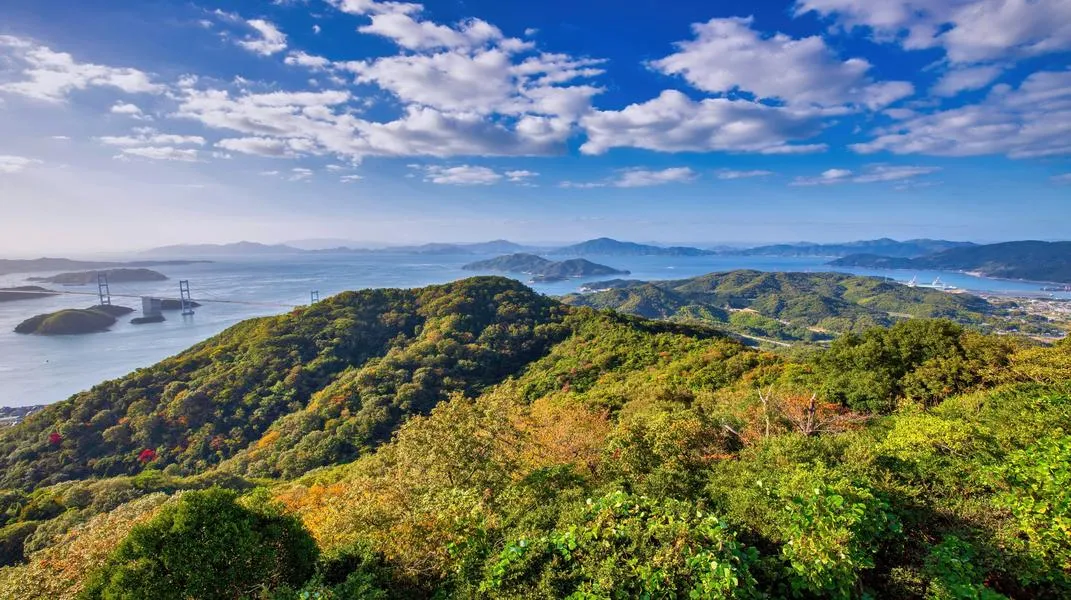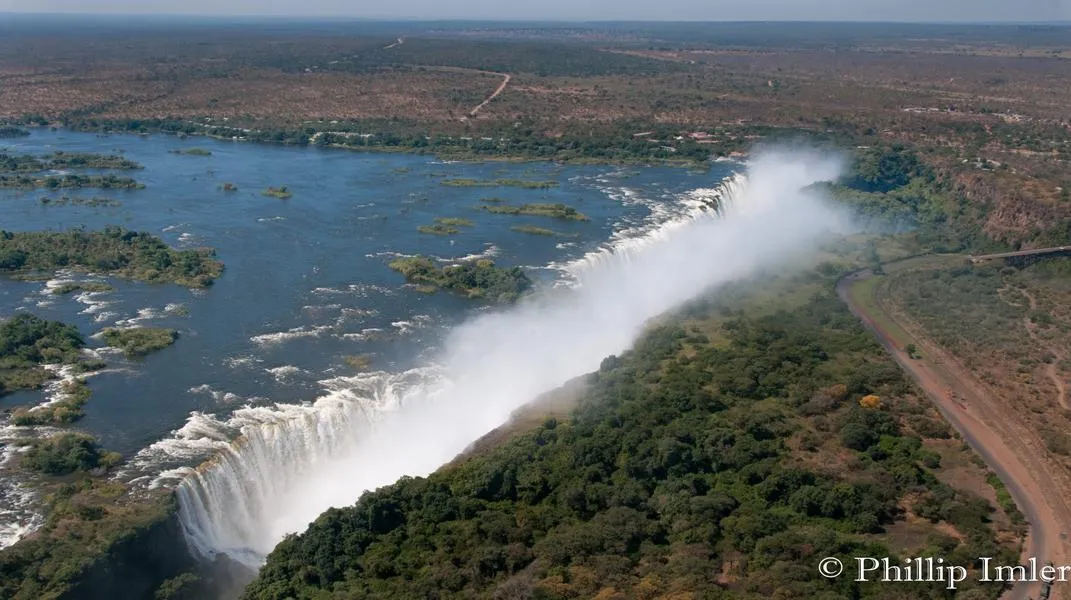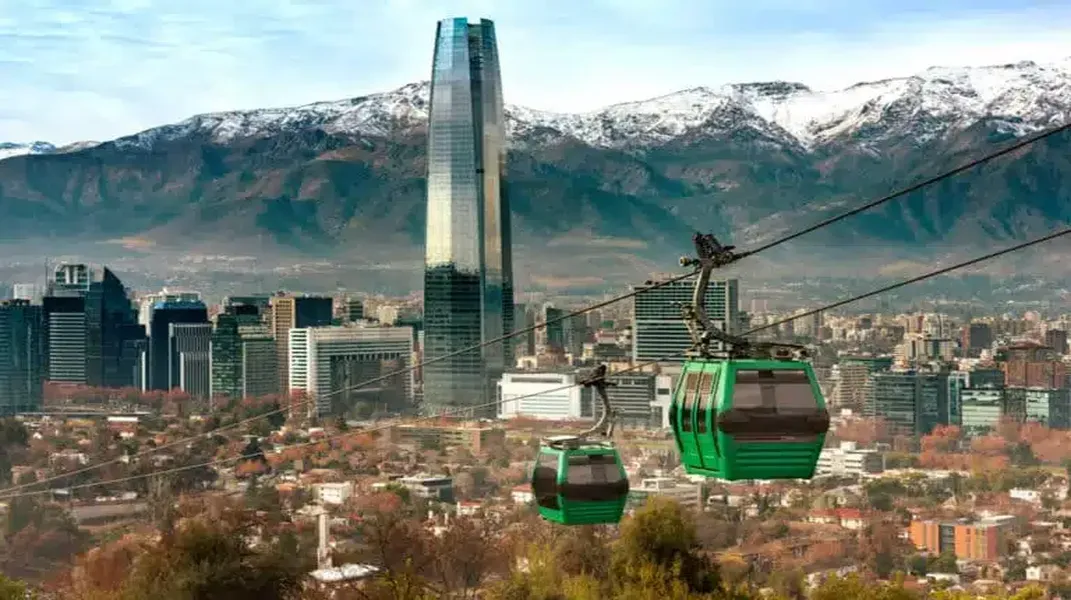Discovering Buenos Aires: The Heart of Argentina
Buenos Aires, the vibrant capital of Argentina, is a city that pulses with life, culture, and history. Known as the "Paris of South America," it offers a unique blend of European elegance and Latin American passion. From its eclectic neighborhoods to its rich culinary scene, Buenos Aires is a treasure trove of experiences waiting to be uncovered. This article delves into the city's most captivating attractions and provides a comprehensive guide on how to prepare for your visit.
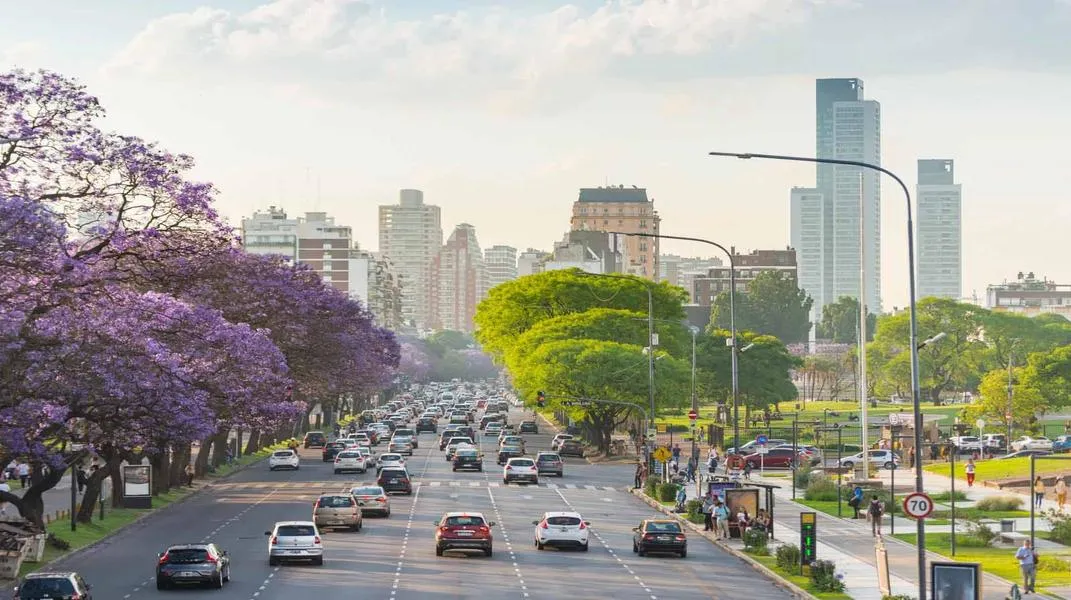
Buenos Aires: The Vibrant Capital of Argentina
Buenos Aires, the vibrant capital of Argentina, is a city that pulses with life, culture, and history. Known as the "Paris of South America," it offers a unique blend of European elegance and Latin American passion. From its eclectic neighborhoods to its rich culinary scene, Buenos Aires is a treasure trove of experiences waiting to be uncovered. This article delves into the city's most captivating attractions and provides a comprehensive guide on how to prepare for your visit.
A Brief Overview of Buenos Aires
Buenos Aires is situated on the southeastern shore of the Río de la Plata estuary. With a population of over three million, it is the largest city in Argentina and one of the most populous cities in the world. The city's architecture reflects its colonial past, with stunning buildings that range from Baroque to Art Deco styles. Buenos Aires is renowned for its cultural scene, including tango music and dance, literature, and the arts.
Key Attractions in Buenos Aires
1. La Boca
One of the most colorful neighborhoods in Buenos Aires, La Boca is famous for its vibrant buildings and rich artistic heritage. The Caminito Street, a pedestrian walkway lined with brightly painted houses, is a must-see. It's also home to street performers and artists, making it an ideal spot for photography.
Key Attractions in La Boca:
- Caminito Street: A lively outdoor museum showcasing local art.
- Boca Juniors Stadium: For football fans, this is the home of one of the most famous clubs in Argentina.
- El Progreso: A historic bar where you can enjoy a traditional Argentine meal.
2. San Telmo
San Telmo is one of the oldest neighborhoods in Buenos Aires and is known for its cobblestone streets and antique shops. The San Telmo Market, housed in a beautifully restored building, is the perfect place to sample local delicacies and shop for unique souvenirs.
Key Attractions in San Telmo:
- San Telmo Market: A bustling market full of food vendors, antiques, and crafts.
- Plaza Dorrego: A picturesque square that hosts a famous Sunday antiques fair and live tango performances.
- El Zanjón de Granados: A fascinating underground tunnel system that dates back to the 19th century.
3. Recoleta
The Recoleta neighborhood is known for its upscale residences, fine dining, and cultural institutions. The Recoleta Cemetery is one of the city’s most famous landmarks, where notable figures like Eva Perón are buried.
Key Attractions in Recoleta:
- Recoleta Cemetery: An architectural marvel filled with ornate mausoleums and sculptures.
- Museo Nacional de Bellas Artes: Featuring an impressive collection of Argentine and European art.
- Centro Cultural Recoleta: A cultural center that hosts exhibitions, performances, and workshops.
4. Palermo
Palermo is the largest neighborhood in Buenos Aires and is known for its parks, trendy cafés, and vibrant nightlife. The area is divided into several sub-neighborhoods, including Palermo Soho and Palermo Hollywood, each with its unique charm.
Key Attractions in Palermo:
- Bosques de Palermo: A sprawling park featuring lakes, rose gardens, and walking paths.
- Jardín Japonés: A beautifully landscaped Japanese garden that invites relaxation and reflection.
- Plaza Serrano: A bustling square surrounded by bars and restaurants, perfect for nightlife.
5. Microcentro
The Microcentro is the financial district of Buenos Aires and is home to many historical sites. The iconic Obelisco and Plaza de Mayo are located here, making it a hub for both locals and tourists.
Key Attractions in Microcentro:
- Plaza de Mayo: The political heart of Argentina, surrounded by important buildings like the Casa Rosada (Presidential Palace).
- Teatro Colón: One of the best opera houses in the world, known for its stunning architecture and acoustic excellence.
- Avenida 9 de Julio: One of the widest avenues in the world, featuring the famous Obelisco.
6. Puerto Madero
Puerto Madero is a revitalized waterfront district that showcases the city's modern architecture and culinary offerings. The area is lined with upscale restaurants and bars, making it a popular destination for dining and nightlife.
Key Attractions in Puerto Madero:
- Puente de la Mujer: A striking modern bridge that serves as a symbol of the neighborhood.
- Costanera Sur Ecological Reserve: A large green space perfect for walking, cycling, and enjoying nature.
- Hotel Faena: A luxurious hotel known for its unique design and vibrant atmosphere.
The Culinary Scene
No visit to Buenos Aires is complete without indulging in its culinary delights. The city is famous for its parrillas (steakhouses) where you can savor the best Argentine beef. Don’t miss trying the iconic asado (barbecue), empanadas, and dulce de leche desserts. Additionally, Buenos Aires has a thriving café culture, with many spots offering excellent coffee and pastries.
Recommended Restaurants:
- Don Julio: A top-rated parrilla known for its high-quality meats.
- El preferido de Palermo: A trendy restaurant offering a modern twist on traditional Argentine cuisine.
- Café Tortoni: One of the oldest cafés in the city, perfect for a coffee and pastry break.
Preparing for Your Visit
Essential Materials
To ensure a smooth and enjoyable visit to Buenos Aires, consider the following preparations:
- Travel Documentation: Ensure your passport is valid for at least six months beyond your intended stay. Check if you require a visa based on your nationality.
- Currency: The Argentine peso (ARS) is the local currency. While credit cards are widely accepted, it’s advisable to carry some cash for smaller purchases. Currency exchange can be done at banks, exchange houses, or ATMs.
- Language: Spanish is the official language of Argentina. While many people in tourist areas speak English, learning a few basic Spanish phrases can enhance your experience.
- Packing Essentials:
- Clothing: Buenos Aires has a diverse climate, so pack accordingly. Layers are advisable, as temperatures can vary throughout the day.
- Comfortable Shoes: The best way to explore the city is on foot, so bring comfortable walking shoes.
- Sunscreen: Protect your skin while exploring the city's outdoor attractions.
- Travel Insurance: It’s always wise to have travel insurance that covers medical emergencies and trip cancellations.
- Maps and Guides: While smartphones can be useful, downloading offline maps or carrying a physical map can be helpful in areas with poor reception.
Transportation
Buenos Aires boasts an extensive public transportation system, including buses, subways (Subte), and taxis. The Subte is an efficient way to navigate the city, with several lines connecting major neighborhoods. Consider purchasing a SUBE card for easy access to public transportation.
Conclusion
Buenos Aires is a city that captivates the heart and soul through its rich history, culture, and lively atmosphere. Whether you’re wandering the colorful streets of La Boca, savoring a delicious steak in Palermo, or immersing yourself in the tango scene, the city offers endless opportunities for exploration and enjoyment. By preparing adequately and embracing the local culture, you are sure to create unforgettable memories in this iconic South American destination. Plan your visit, pack your bags, and get ready to fall in love with Buenos Aires!

